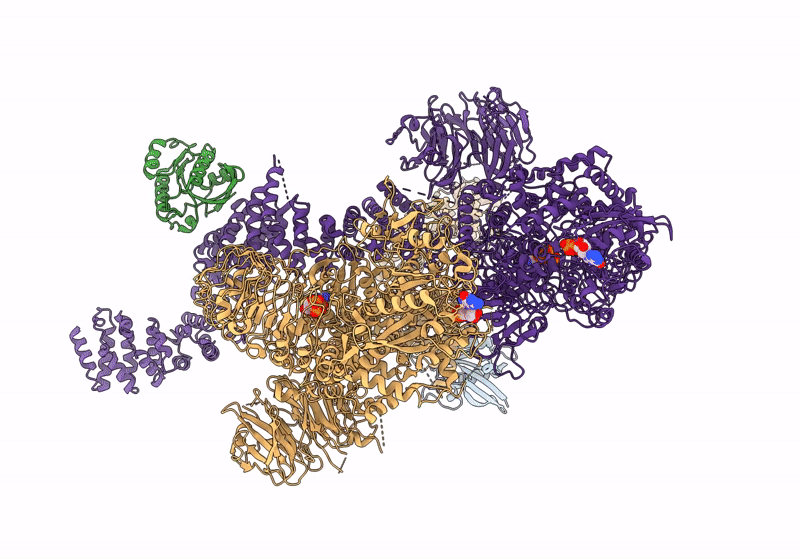
Deposition Date
2022-12-29
Release Date
2024-01-03
Last Version Date
2024-01-03
Entry Detail
PDB ID:
8FO8
Keywords:
Title:
Cryo-EM structure of Rab29-LRRK2 complex in the LRRK2 dimer state
Biological Source:
Source Organism:
Homo sapiens (Taxon ID: 9606)
Host Organism:
Method Details:
Experimental Method:
Resolution:
3.88 Å
Aggregation State:
PARTICLE
Reconstruction Method:
SINGLE PARTICLE


